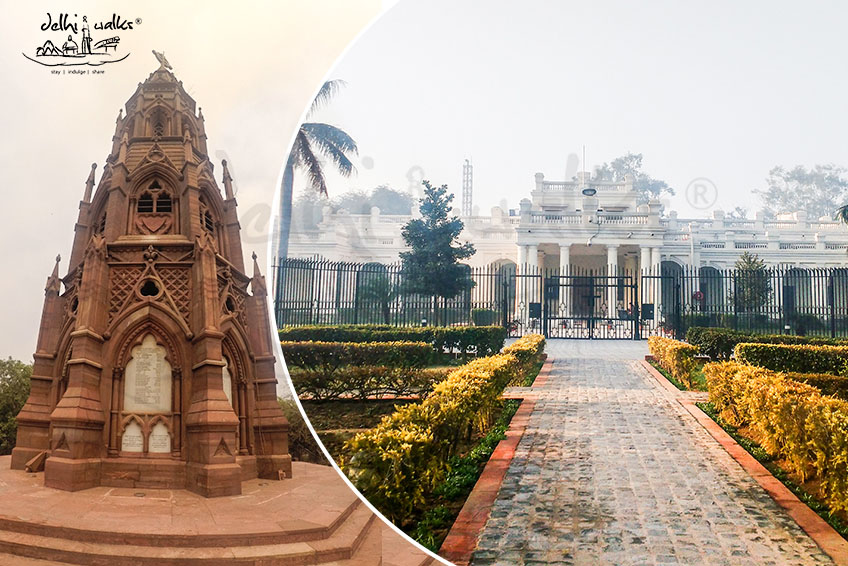The Story of the Bloody Uprising of 1857
Bahadur Shah Zafar’s walled city of Shahjahanabad, was indeed a bubble of Mughal high culture and fine tradition, until the revolt of 1857 massacred the whole place, asked a meek King who enjoyed his wine and poetic evenings, to be the leader. As the British were busy exercising control, Zafar was immersed in coming up with perfect Urdu couplets. The Uprising of 1857, a war between the British teachers and their Indian students of the Army was a religious enigma. A walk through the Northern Ridge would make it come alive, the horrors of the mutiny, where the high caste Hindu soldiers started the war to restore the glory of a Muslim emperor by fighting against a Christian force, however the so-called Christian force were not all whites either: they were basically natives.
A walk through the Northern Ridge would take us through the Viceregal house, which is now in Delhi University, the power center till the Independence struggle, during the revolt. Taking a ride from there the Flagstaff tower from the main gate of Northern Ridge takes you through the haunting stories towards the Khooni Jheel, Tughlaq architecture which came into prominence due to its location in 1857. Further as we move forward, from the Northern ridge area, we come across the Mutiny Memorial a Gothic structure which was put up by British after crushing the 1857 uprising to show the strength and prowess of the new born Empire.
While the British were busy establishing a city to reflect their power over the later to be called the ‘jewel in the crown’, the earlier part of the Empire’s administration was done from the Walled city, as that was the seat of the power.
A walk around the precincts of the Walled City would showcase the mix of material cultures which are the remnants of our historical past.



